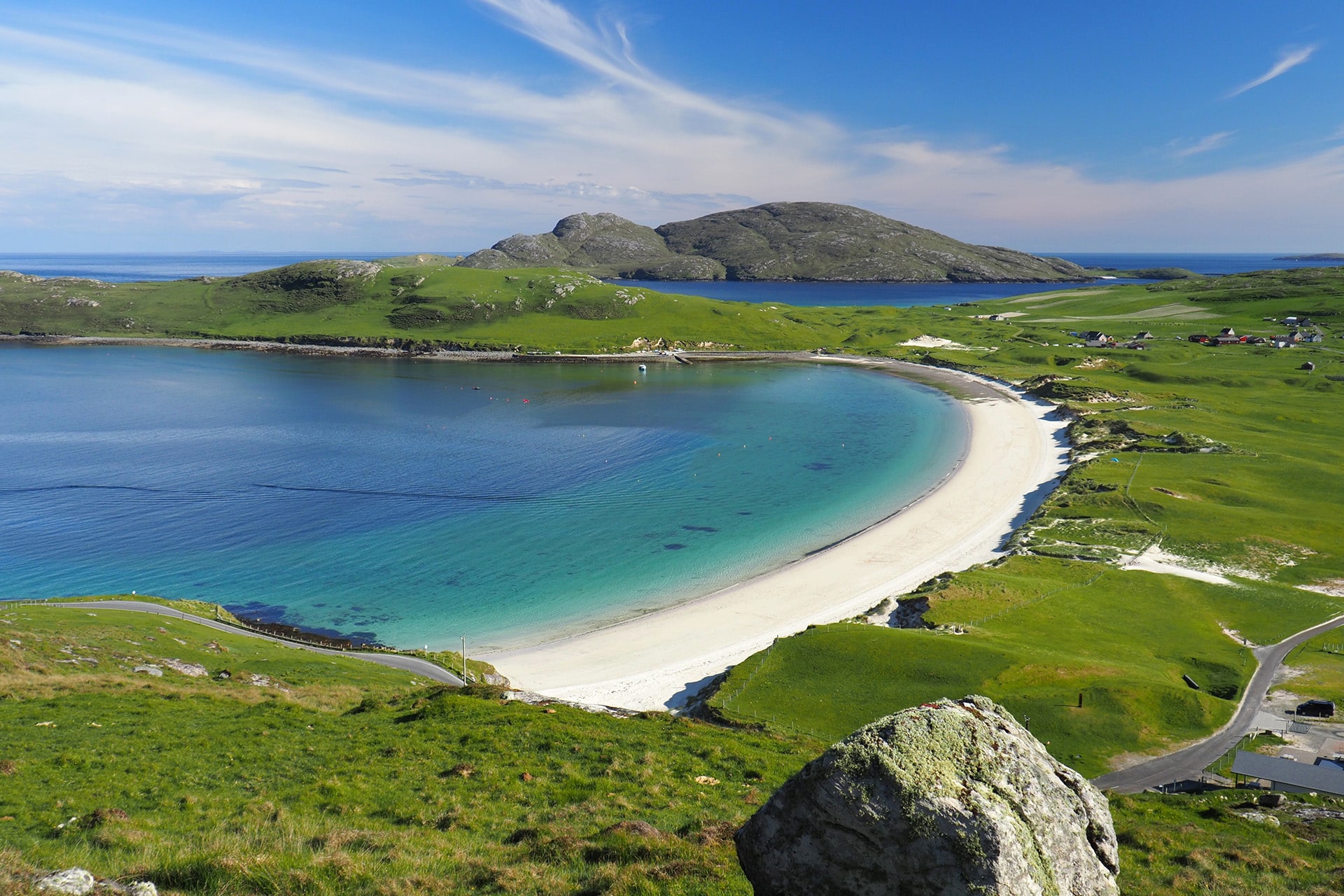

Top 5 beaches in the Outer Hebrides
If you’re looking for stunning vistas, dramatic coastlines, and secluded beaches, the Outer Hebrides should be at the top of…
23 January | 6 min read
 Menu
Call us
Menu
Menu
Call us
Menu

If you’re looking for stunning vistas, dramatic coastlines, and secluded beaches, the Outer Hebrides should be at the top of…
23 January | 6 min read
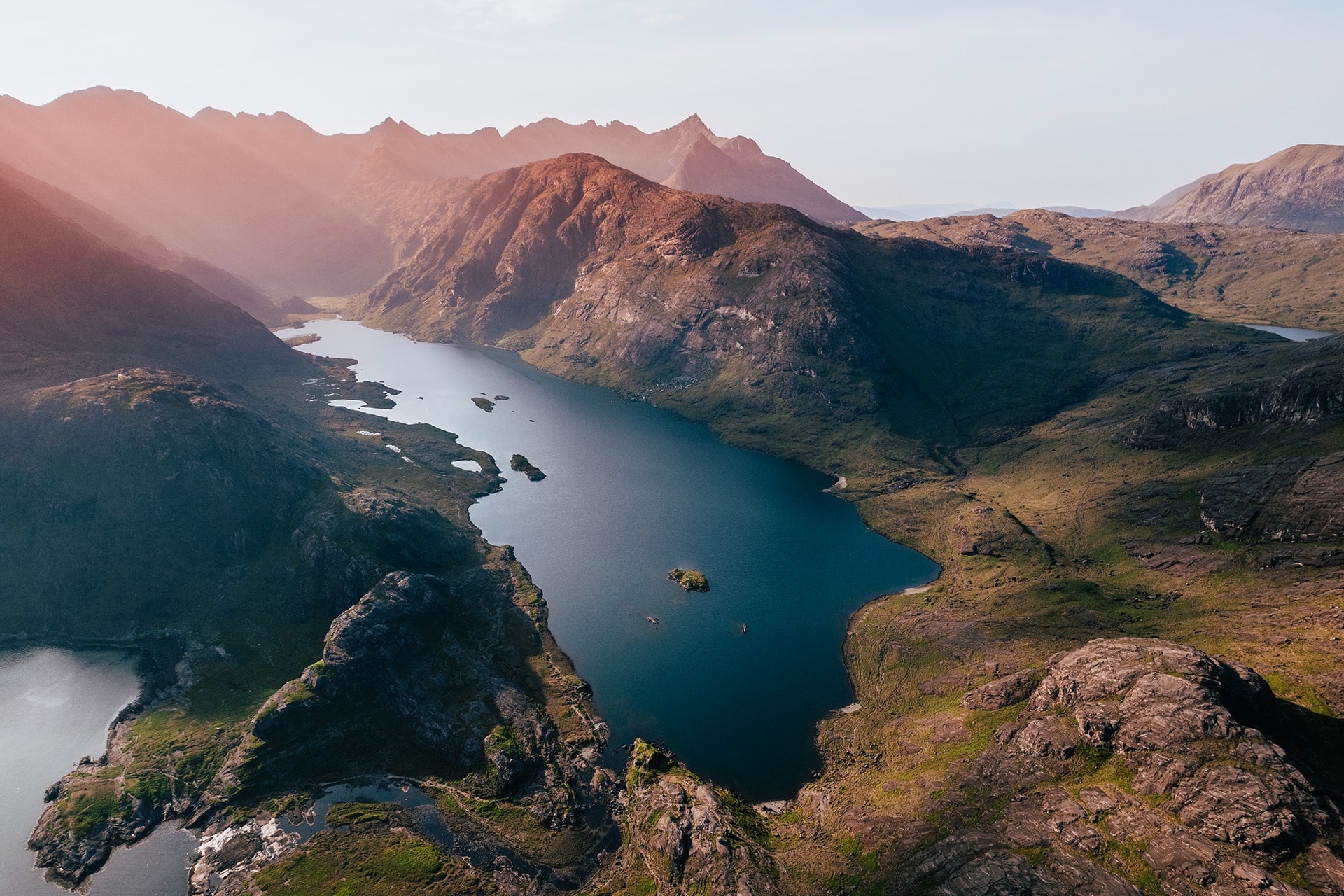
At fifty miles in length, the Isle of Skye is the largest of the inner Hebrides and the second largest…
18 January | 4 min read
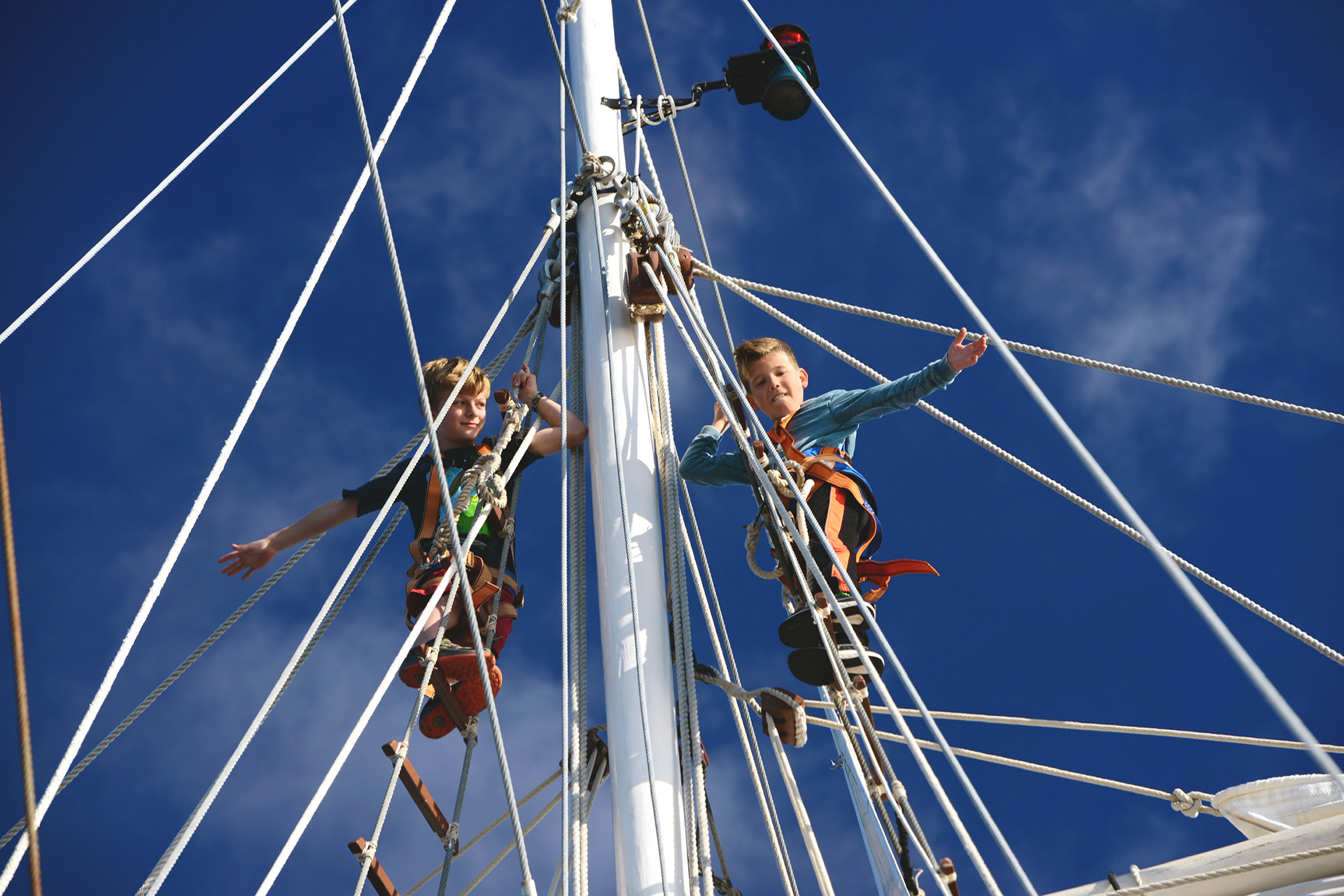
Tired of the usual go-to choices for your next family trip? Then why not join us for a stress-free skippered…
20 December | 8 min read
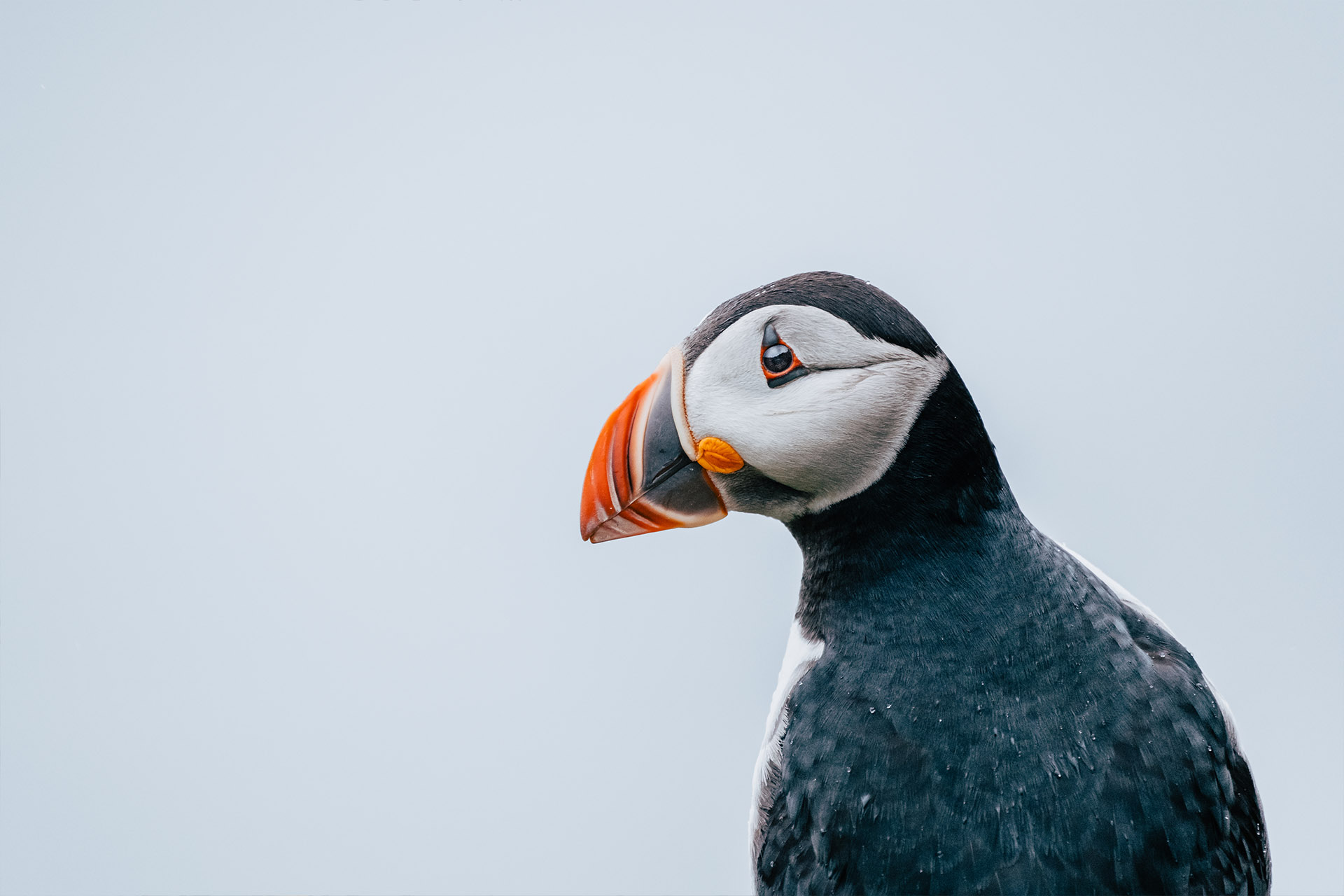
If you’re a nature lover wishing to see one of Scotland’s most adorable seabirds, the puffin, there’s no better way…
27 July | 5 min read
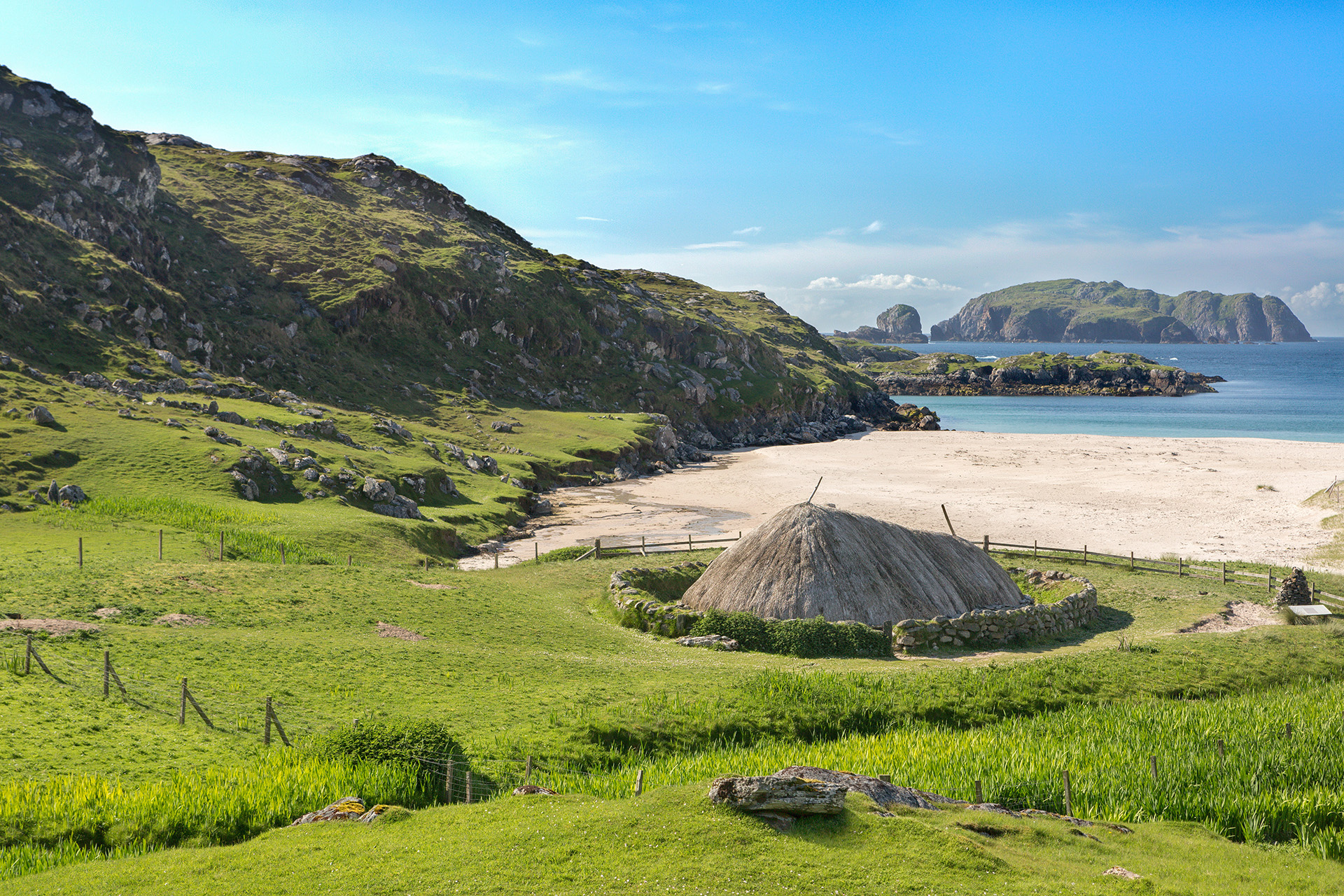
The Outer Hebrides, located off the west coast of Scotland, are a group of islands with a unique blend of…
28 April | 7 min read
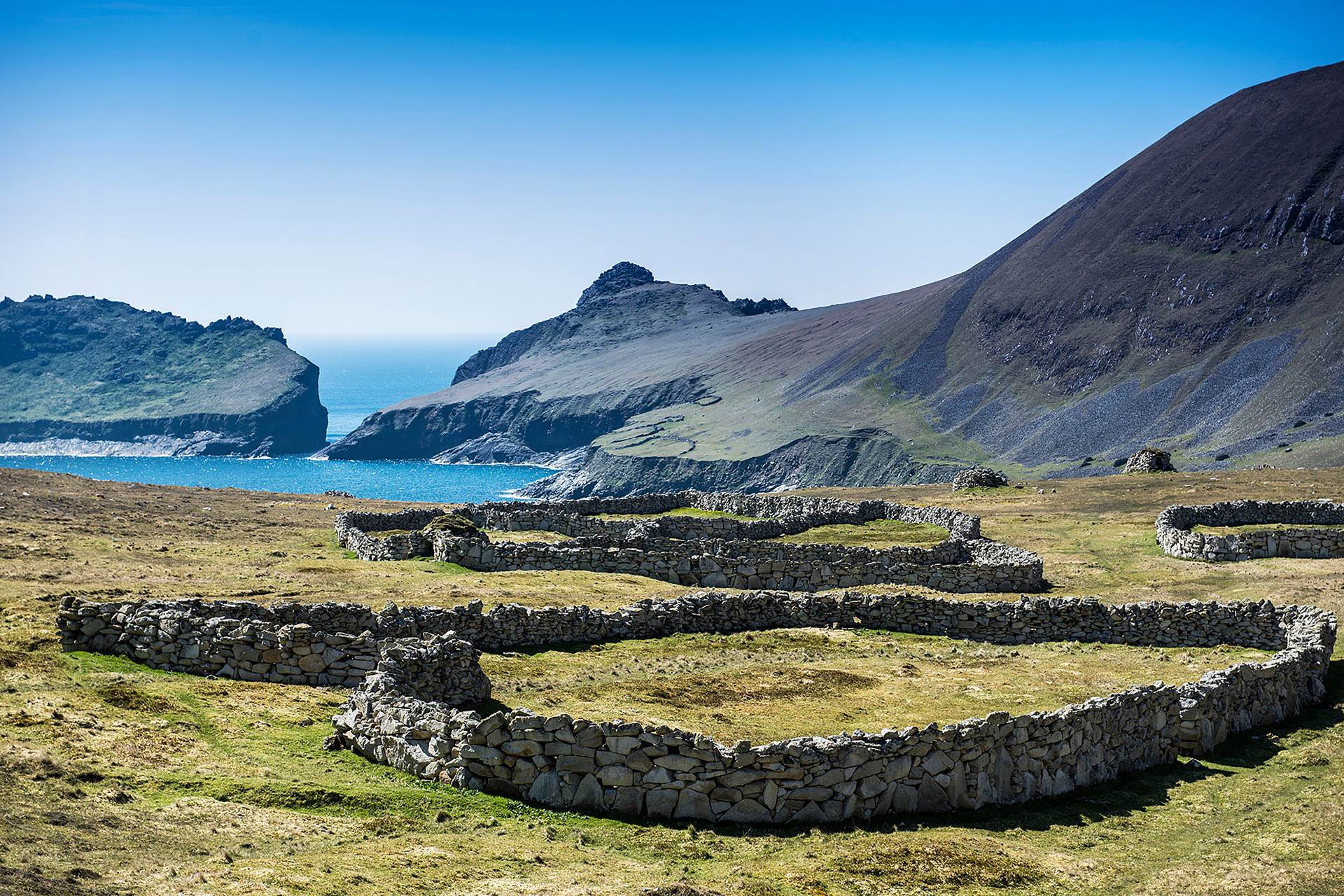
Nestled in the North Atlantic Ocean, 42 miles west of Scotland’s Outer Hebrides lies the remote archipelago of St Kilda.…
27 April | 9 min read
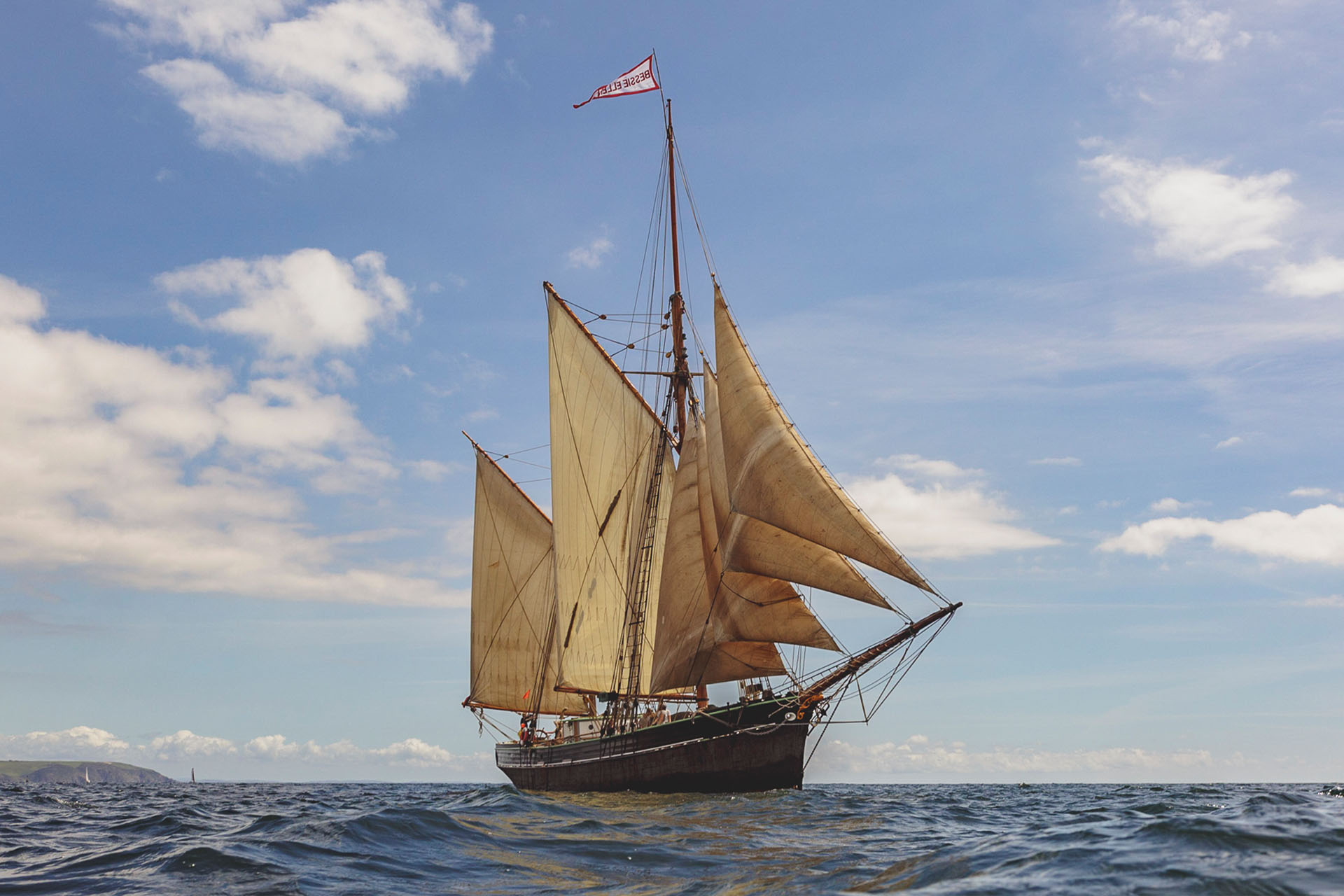
The history of the West Country trading ketch is rather unromantic. There’s no sailing into the sunset or walking the…
25 April | 5 min read
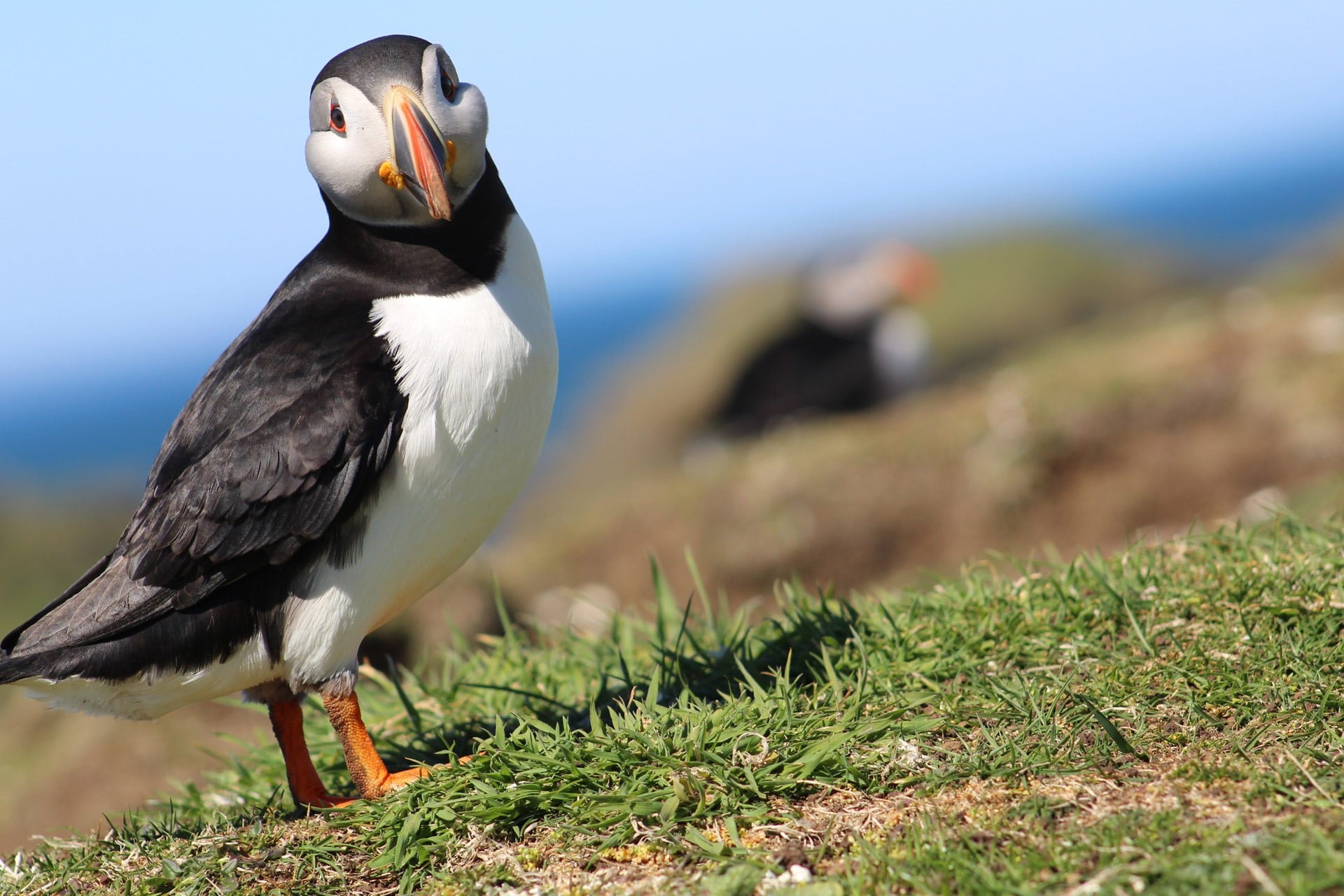
For centuries, Scotland and the Hebrides have been known for their rugged coastline and breathtaking scenery, attracting travellers from all…
31 January | 11 min read
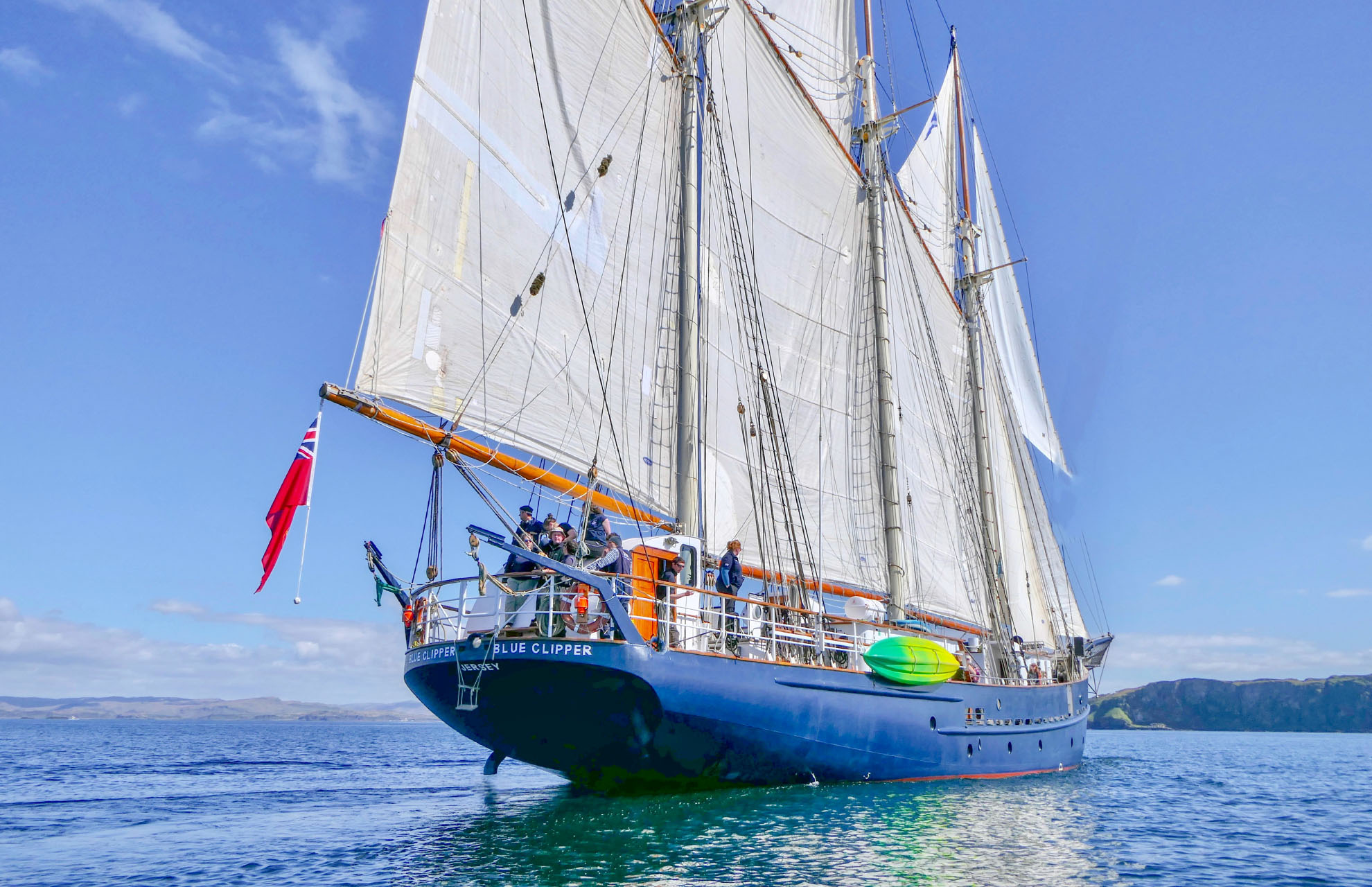
Whether you’re an experienced sailor or you’re new to the nautical world and are wanting to try a sailing experience,…
10 November | 8 min read
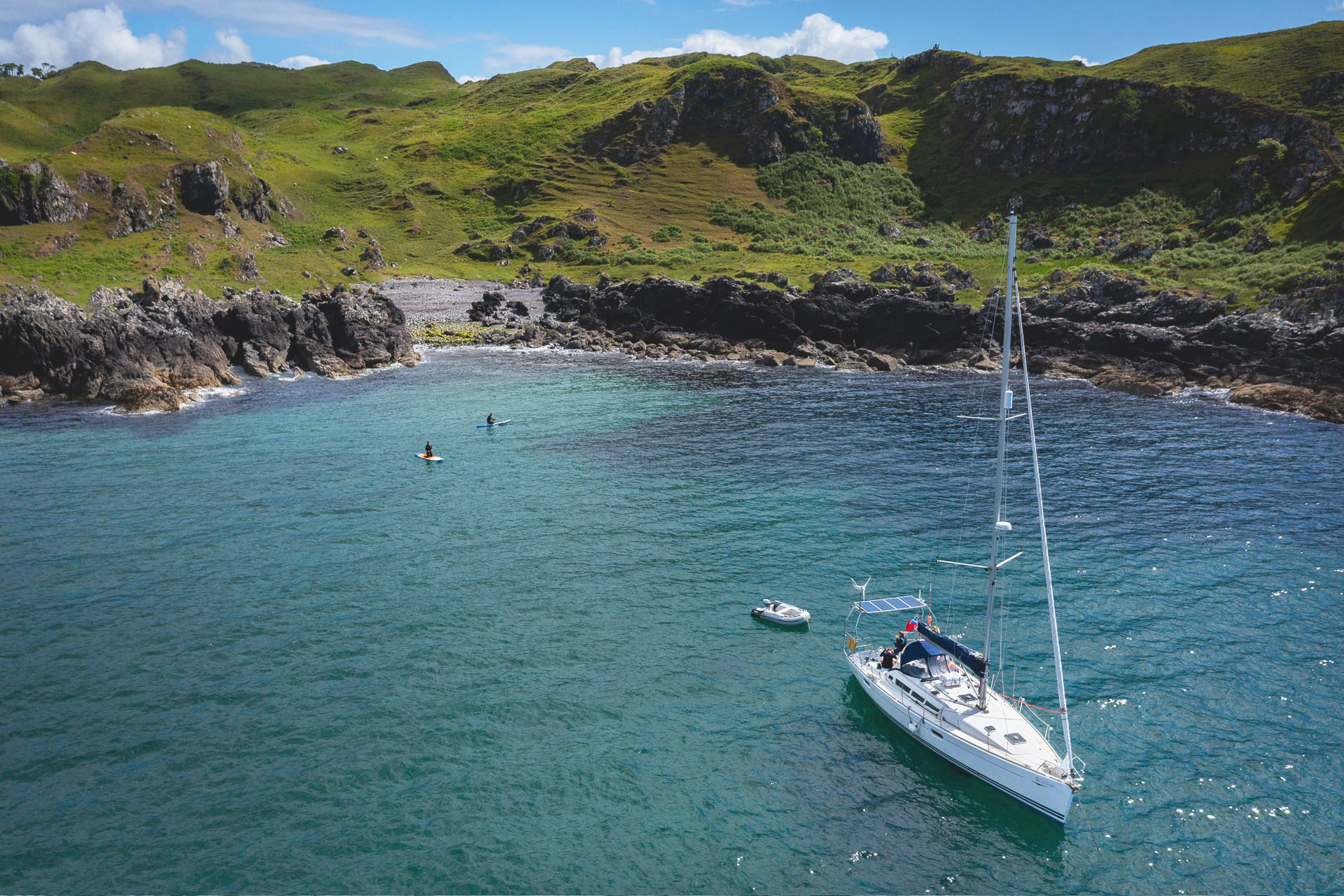
Feel like getting away from it all but not excited about having to face long airport queues and flights? Then…
09 March | 4 min read
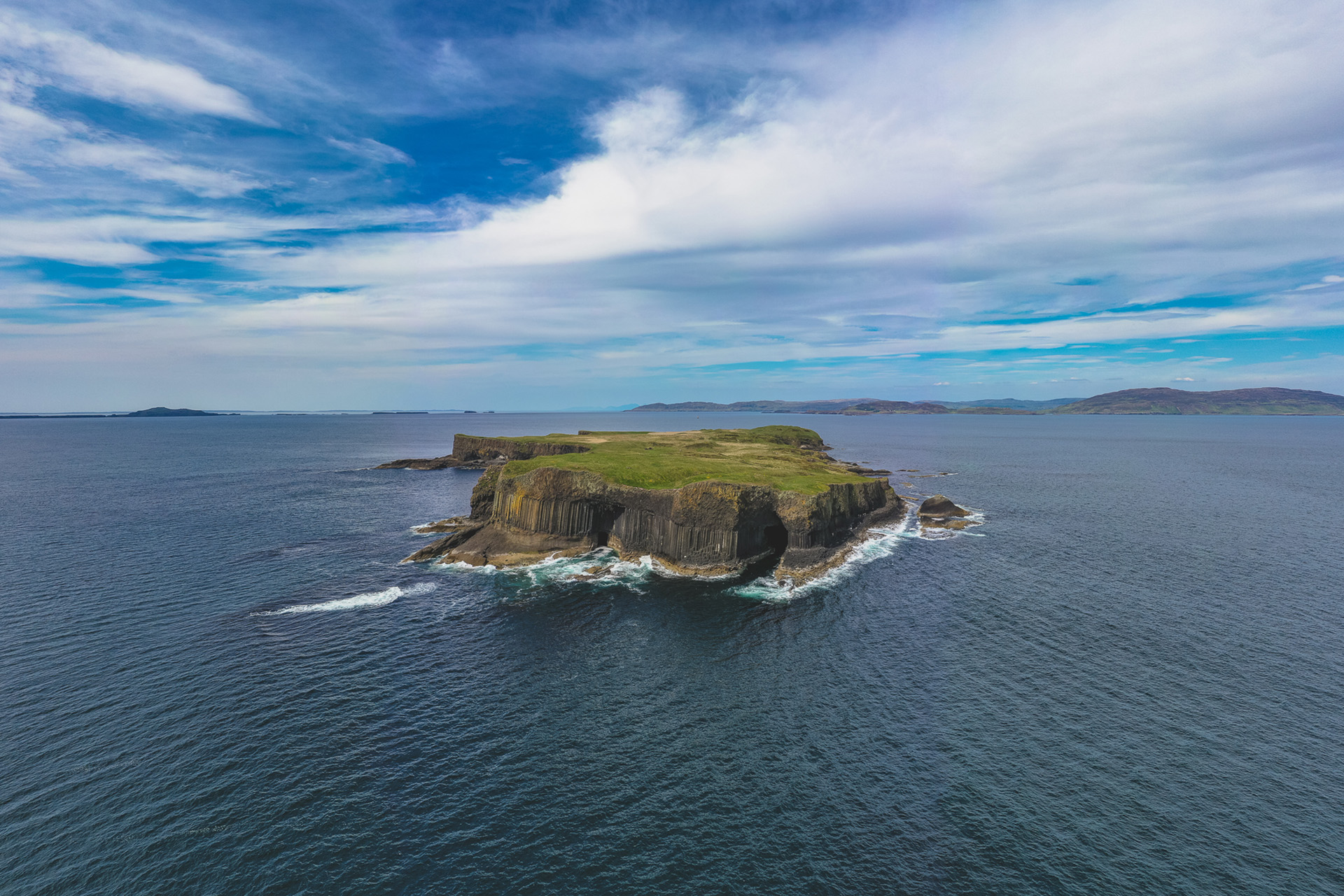
Venture with us to the ancient uninhabited island of Staffa in the Inner Hebrides to discover the mesmerising Fingal’s Cave,…
21 December | 3 min read
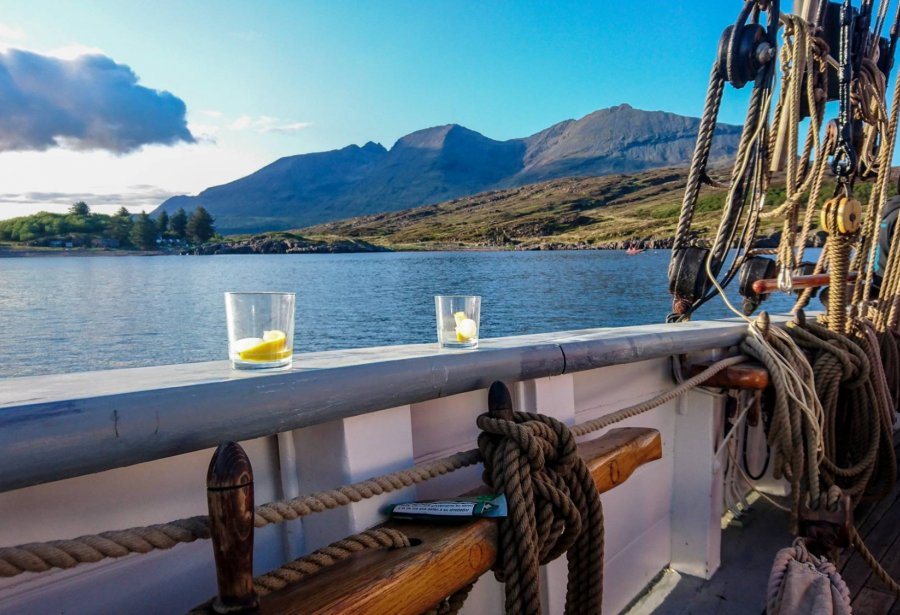
As the days grow longer, ‘A Sailor’s Voyage to Scotland’ on the Bessie Ellen offers a fantastic opportunity to arrive…
01 February | 4 min read
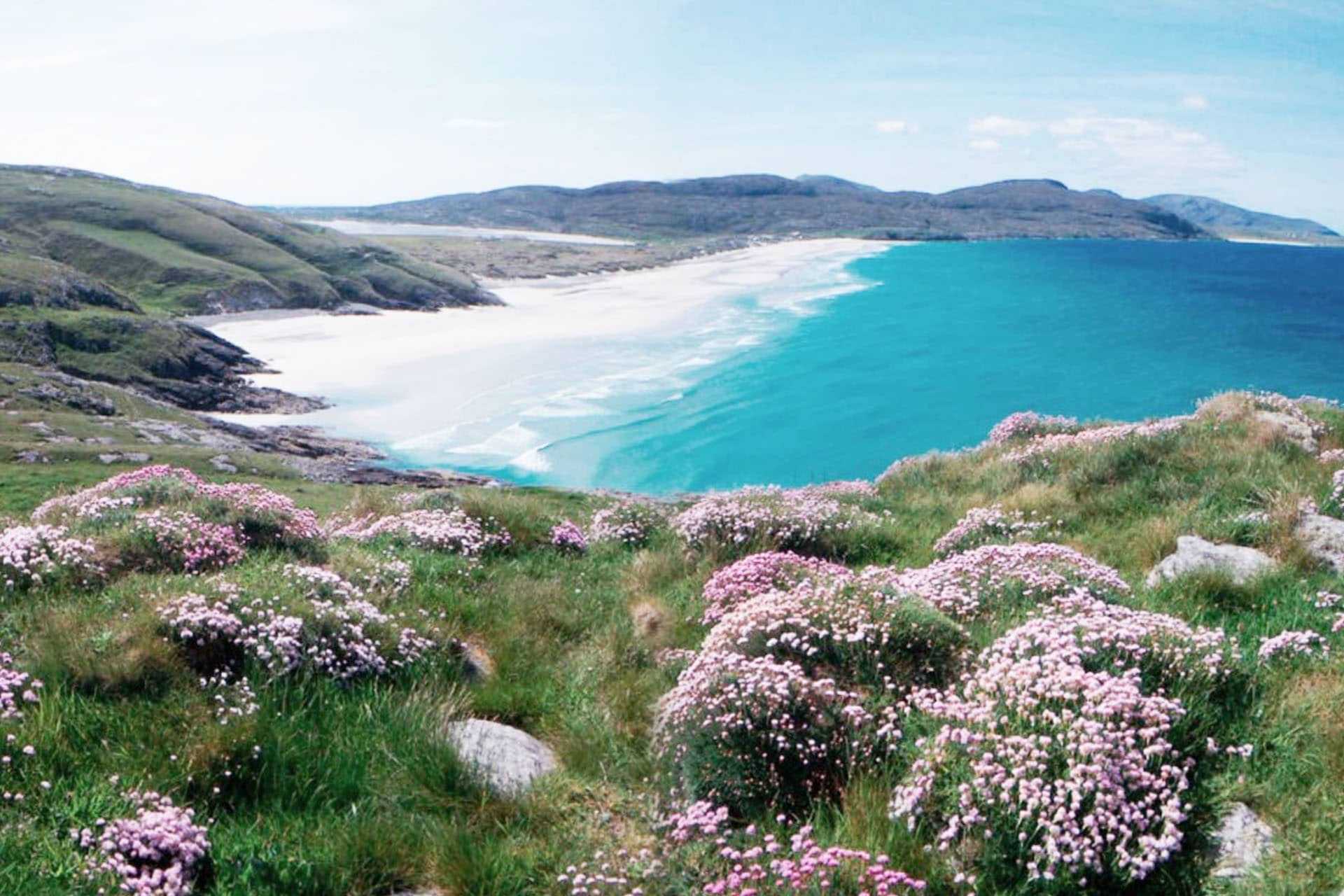
Being so far north, the Hebrides enjoy the longest days in the summer months and freedom from light pollution on…
17 January | 5 min read
Gone are the days where a holiday is a true holiday – away from everyday life, a break from modern…
23 October | 4 min read
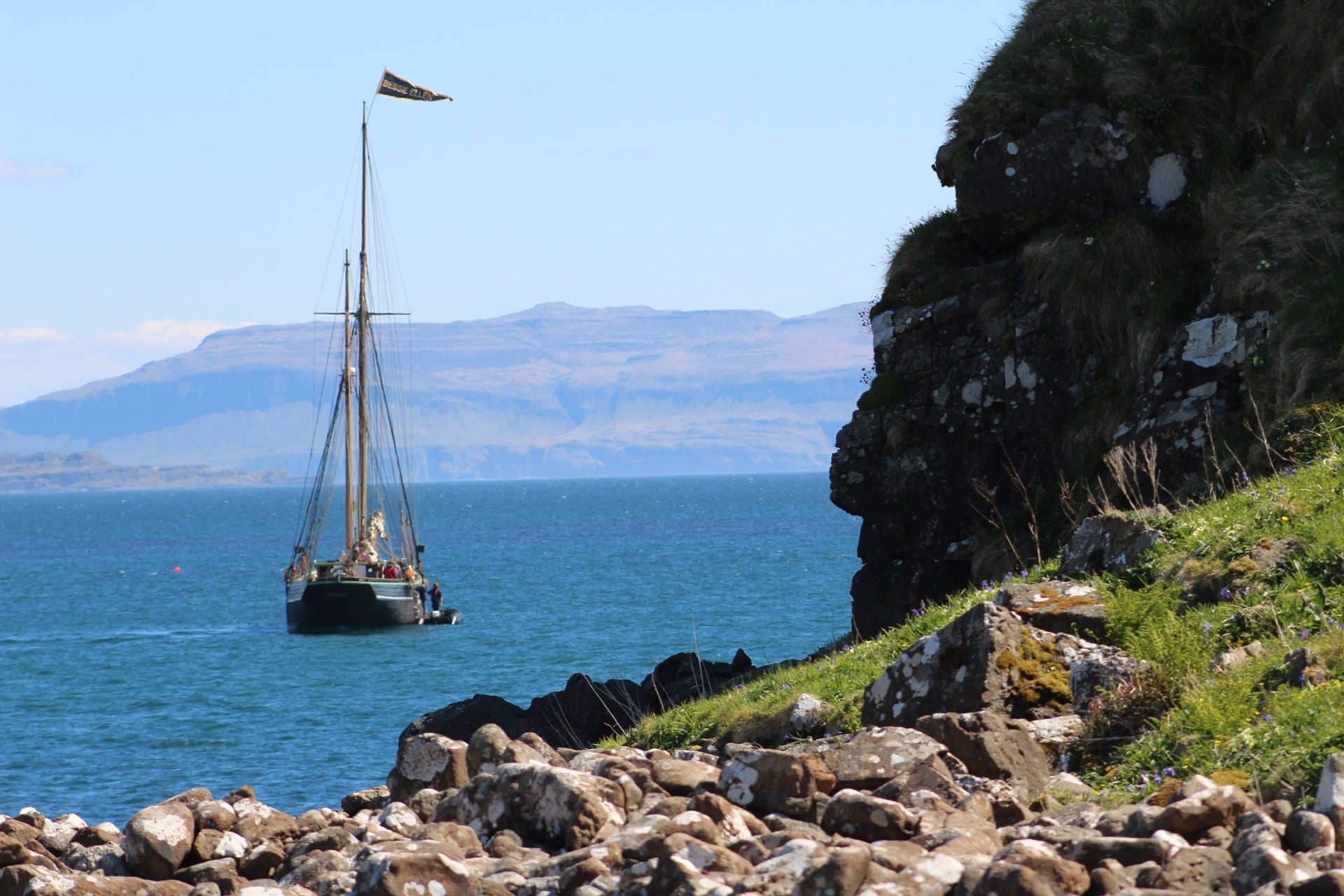
Emma Jamieson, food blogger and first-time sailor, shares her experience of a week aboard Bessie Ellen in the Hebrides –…
11 July | 4 min read
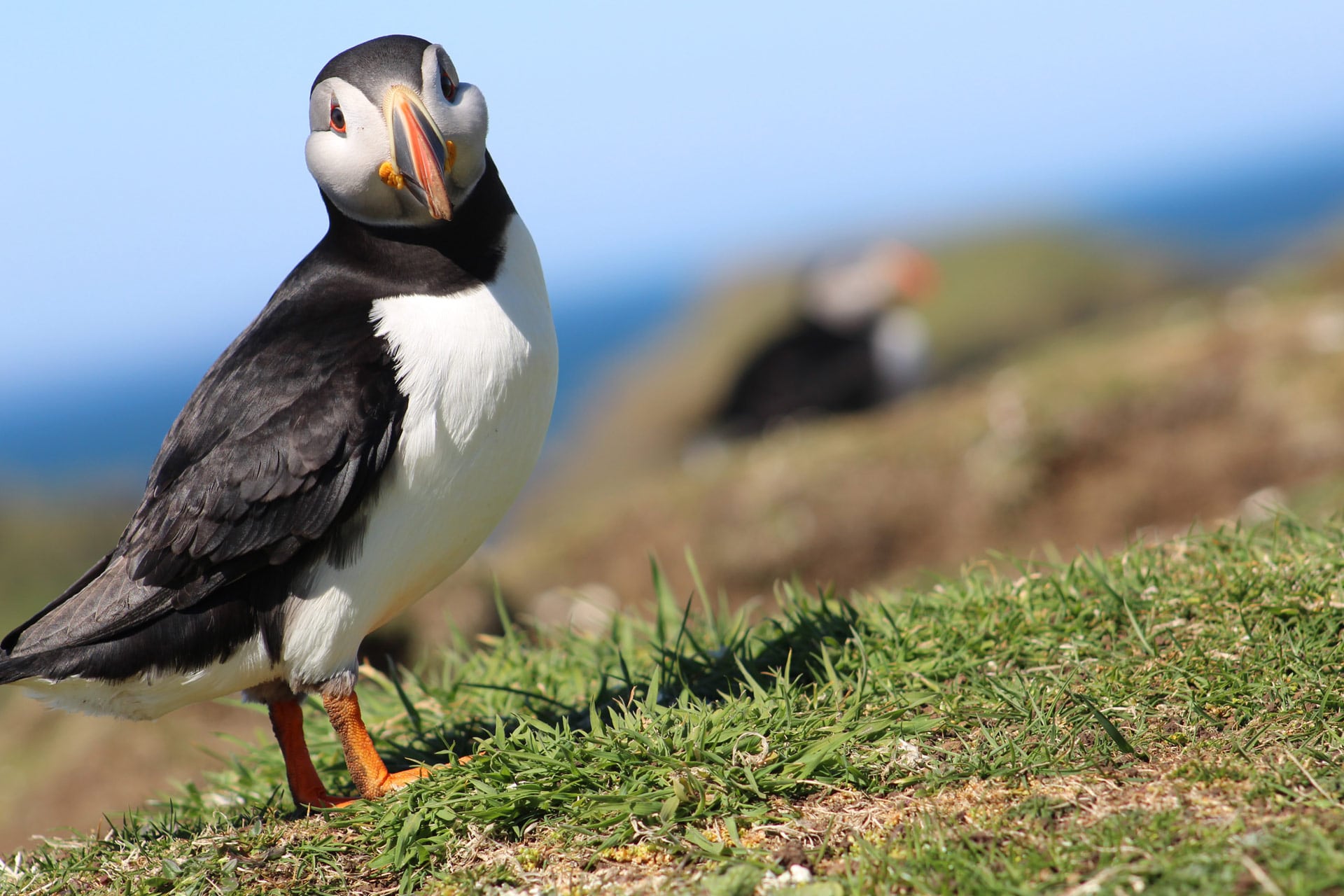
It is with a flutter of nervous excitement that I walk from Oban train station to Zuza, a double-hulled purpose…
25 February | 8 min read
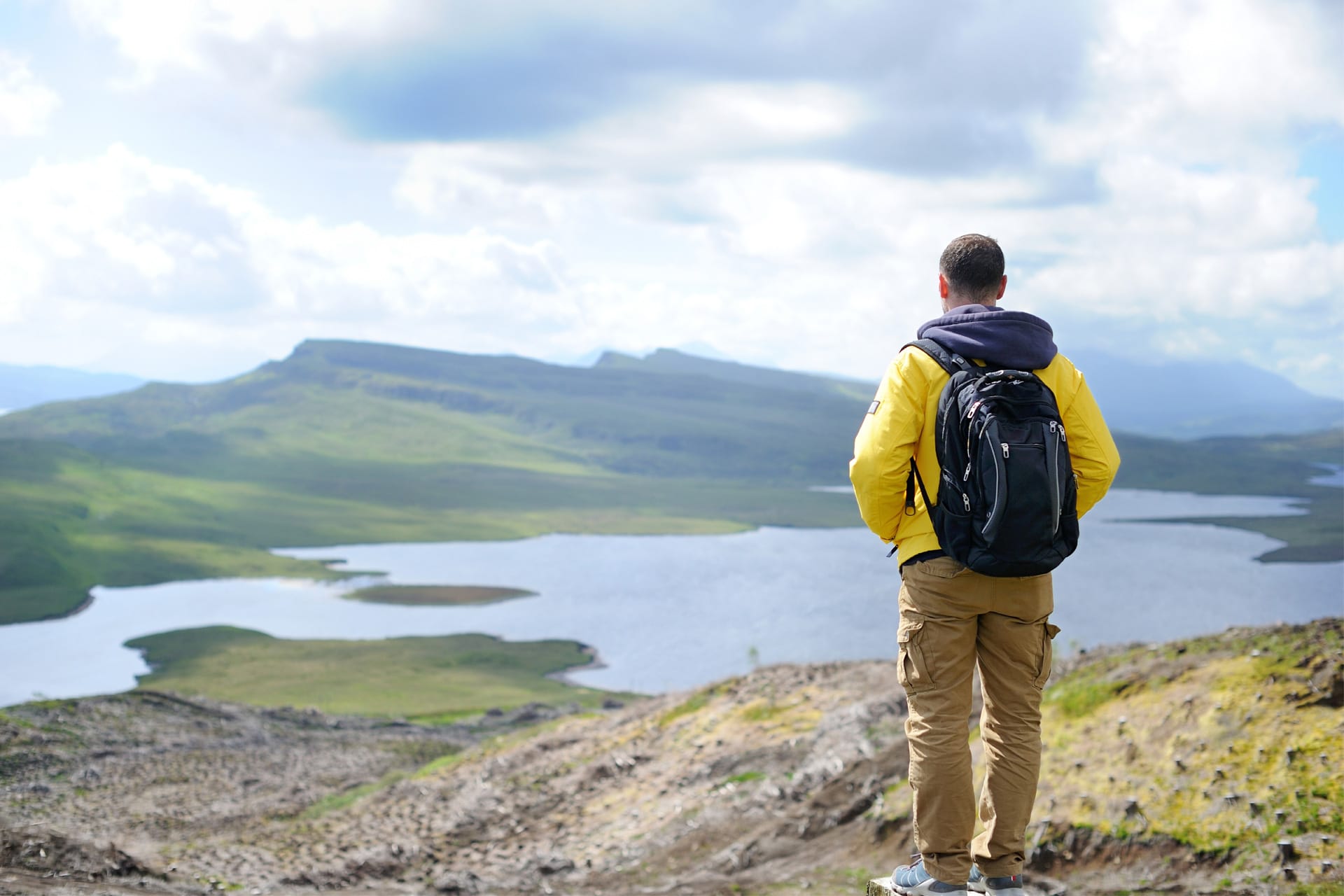
Situated on the West coast of Scotland, the Isle of Skye is a popular island destination for the nature-loving traveller.…
14 November | 3 min read
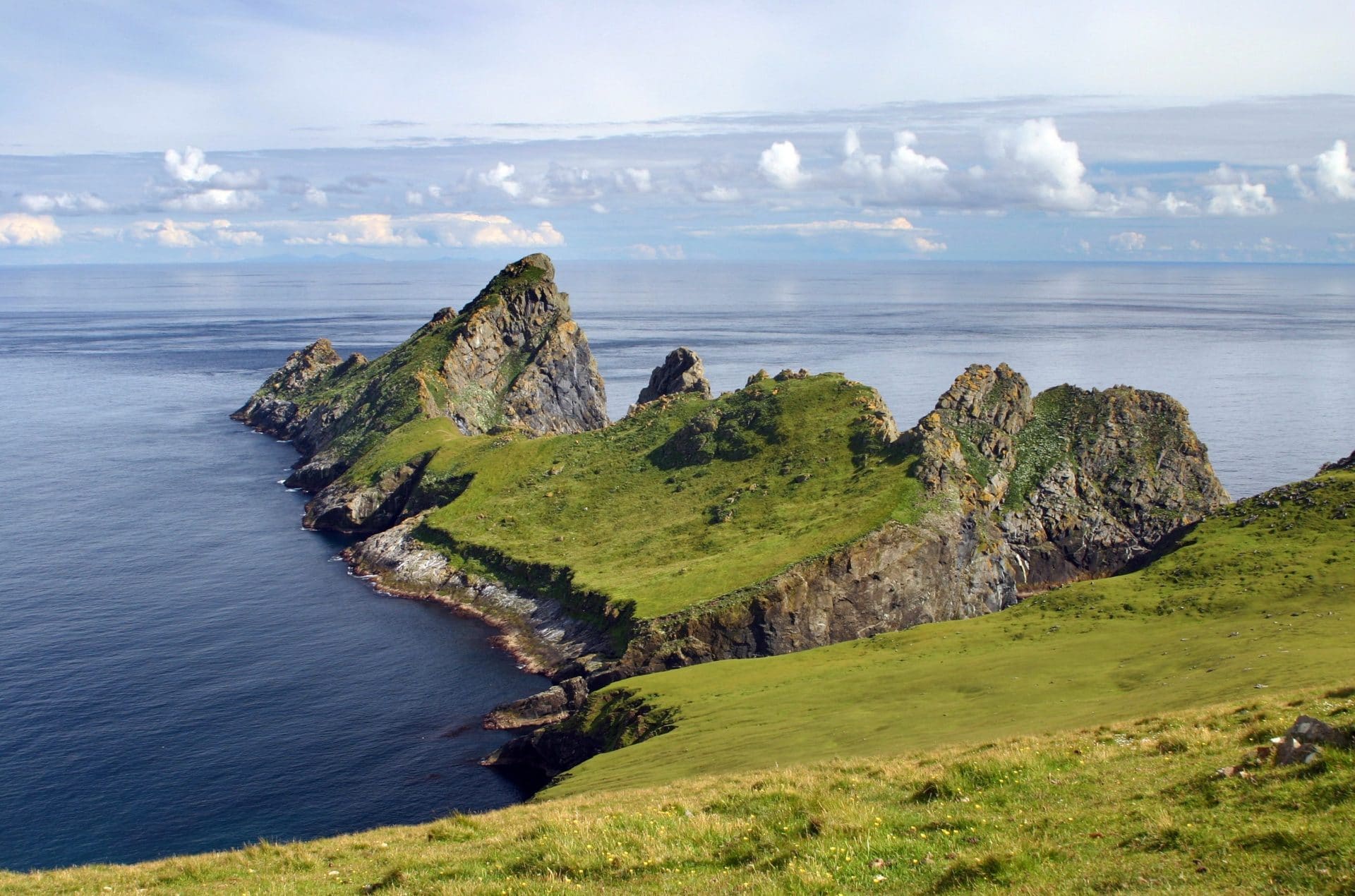
St Kilda Shrouded in mystery and legend, the real tale of St Kilda is, in reality, more melancholic. The small…
14 November | 2 min read
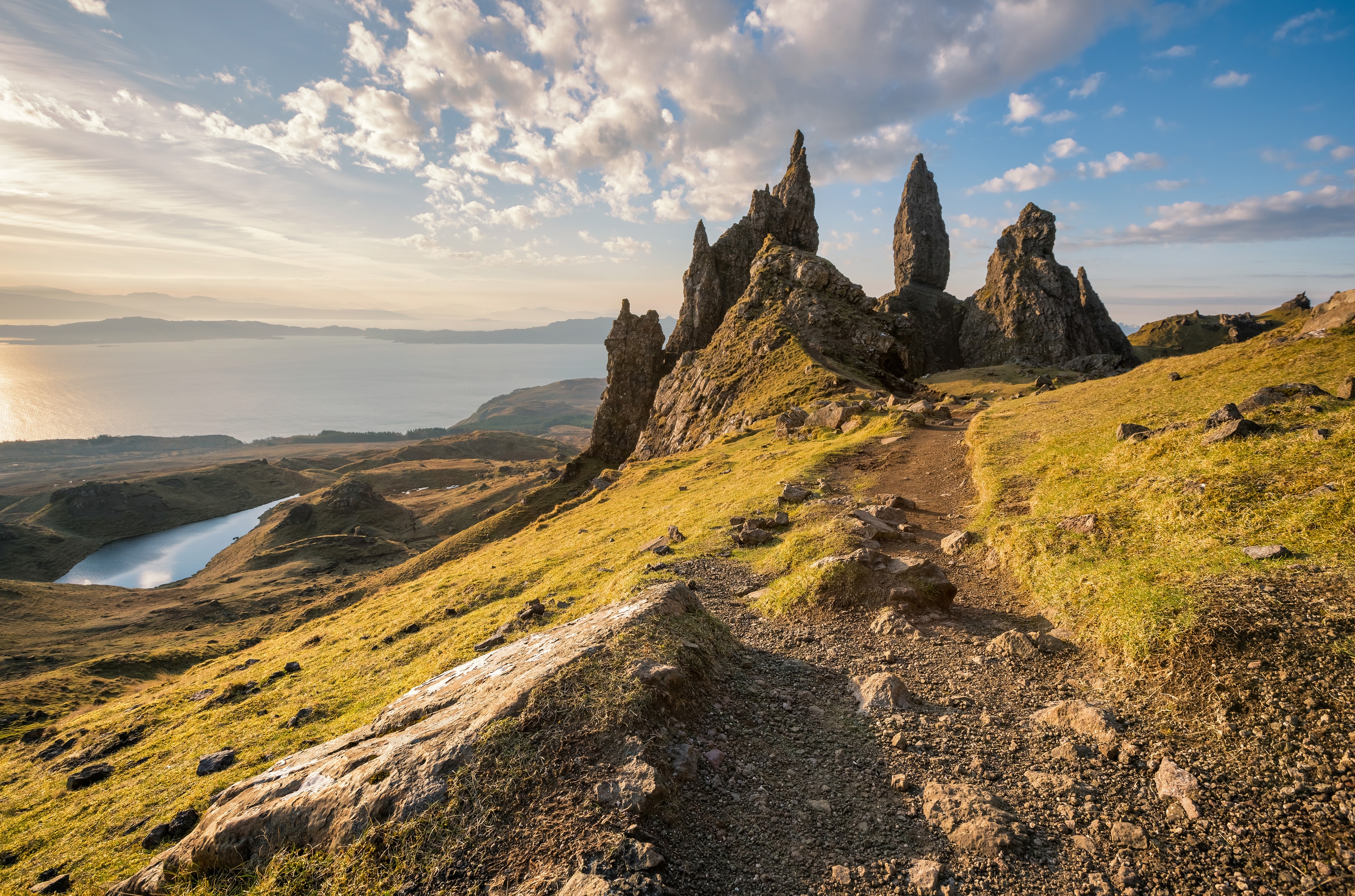
Helen Walker and her love of the Scottish Isles. At VentureSail Holidays we pride ourselves on offering experiential holidays on…
30 October | 6 min read
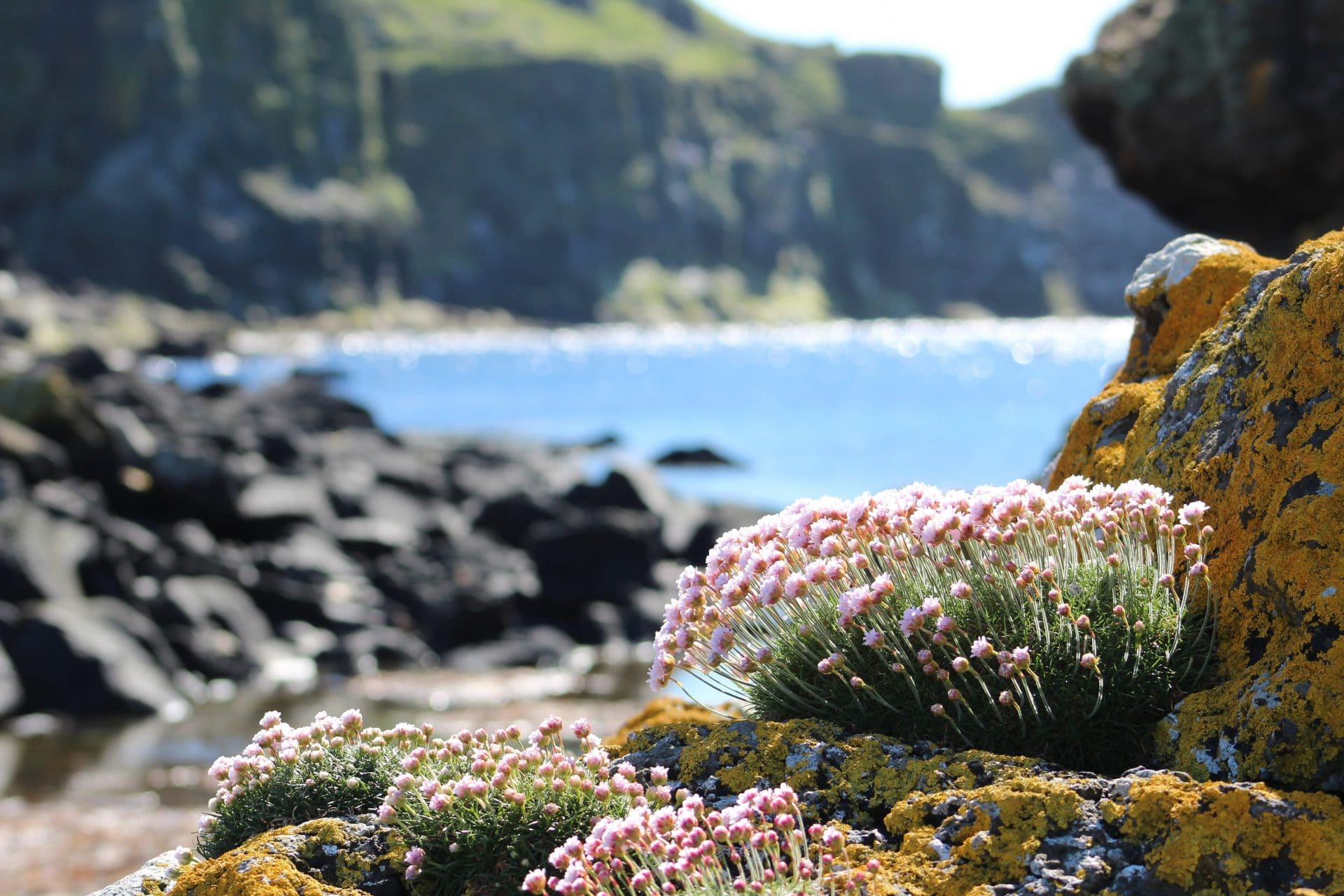
Collectively known as the Small Isles, this pretty little archipelago plays host to a vast amount of wildlife – and…
22 June | 4 min read
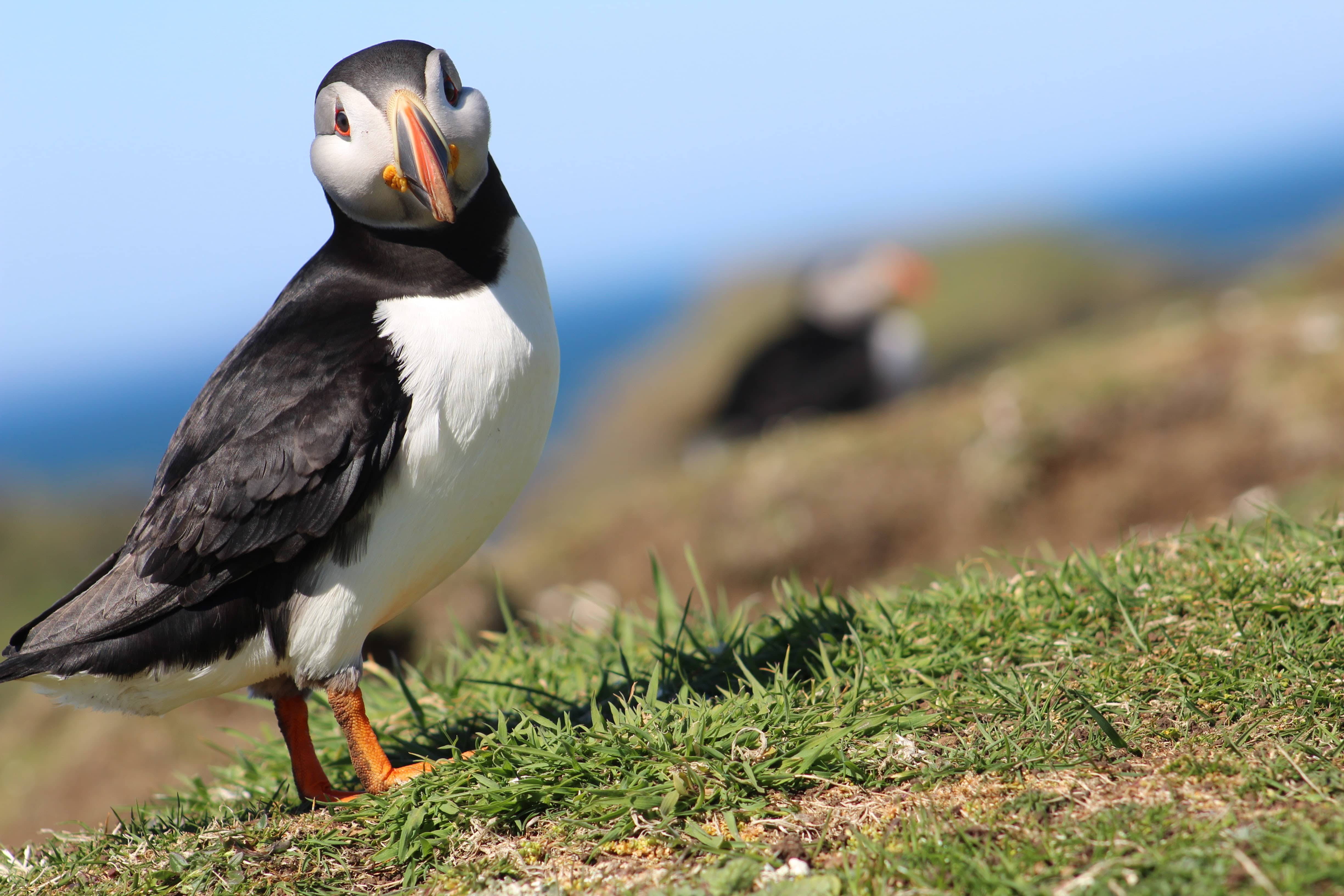
We mention plenty of island names in our voyage descriptions and blogs, but what is each hebridian island really like?…
18 June | 6 min read